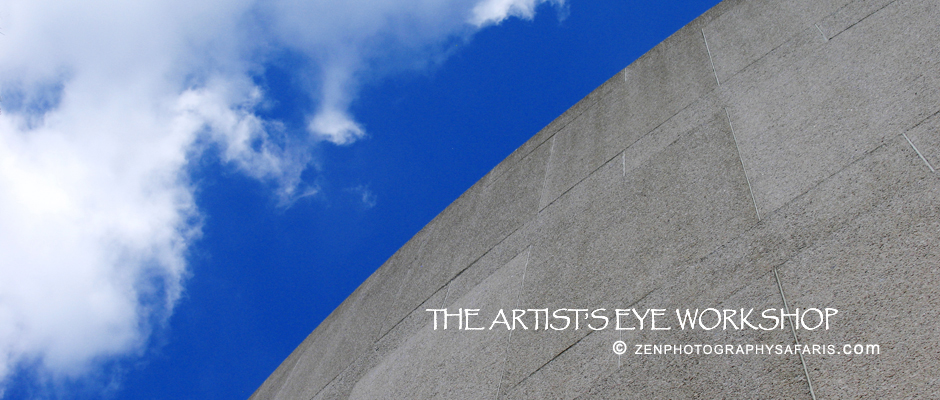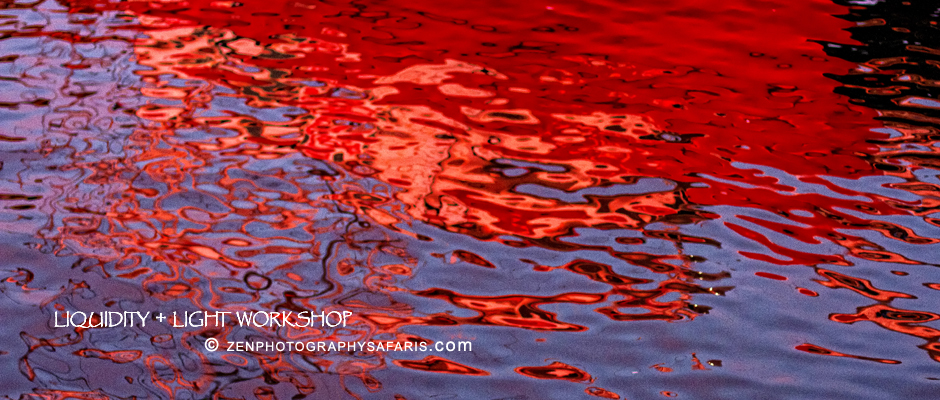

blog post: contemplative photography
“If we could see the miracle of a single flower clearly, our whole life would change.” — Buddha
Whether or not it is a single flower we approach photographically, or the abstractions of shadows and light, the point here is that photographic “seeing” goes much deeper than what we are actually seeing.
There is an almost intuitive seeing and a knowing involved in photographing…what direction is the light coming from – am i adding light to my subject or scene, or using the ambient light alone – is the light high or low, blue, pink, yellow or orange – how am i relating to my subject, or to my light – what or who is my subject – what rules of photographic design am i going to use as i photograph – will i use selective focus or selective composition – do i want it to be a colorful image, or do i desire the simplicity (or complexity) of a black + white image…these decisions are spontaneously and intentionally considered as you contemplate the outcome of your image oftentimes in what can be mere moments.
The mental focus used to create a photographic image is nothing short of miraculous; nearly as miraculous as the single flower…but not quite…
I believe that when we can step beyond looking and move more towards seeing the miracles present in our chosen subjects and the miracles in the light and in composition, it can change our whole approach to our photography.
When we contemplate the purpose and message of our photography it can open our creativity to growth we never thought possible.
Helping people move more towards contemplative photography is exactly what we love to do.
Join us for a Zen Photography Workshop and create with intention. An on-line workshop on Contemplative Photography that will be available by July 2012. We believe you will find it to be of great value if you are looking to see differently.
Namaste, Team Zen | Joanne Bartone
ABOUT THE PHOTO ABOVE:
Canon EOS 5D | Canon 24-70mm L f/2.8 IS @ 70mm | ISO: 100 | f/4.0 | 1/1250 | Provincetown MA | Image refined cropped and enhanced for color + tonality in PS5
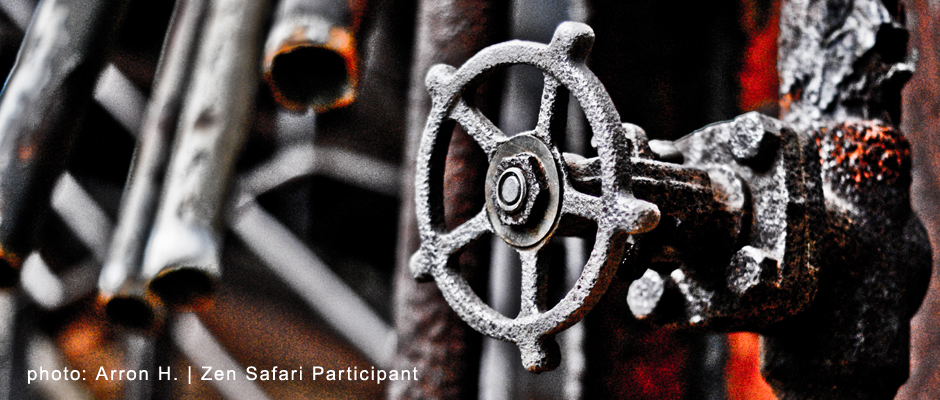

blog post: learning for fun
“Sometimes your joy is the source of your smile, but sometimes your smile can be the source of your joy.” — Thich Nhat Hanh
I recently spent some 1:1 time with one of the Zen Photography Safari attendees (Arron H.) helping him learn about the resources available for processing the images he had taken at one of our Safaris.
It was great to hear the enthusiasm in Arron’s approach to learning about photography, but it was even more wonderful to see him smile as we went through his images, hear how proud he was of the images he created and it was exciting to know that Arron has continued to experiment with what he learned since his first Safari.
Arron’s level of photographic experience could be defined as enthusiast / beginner, but it is obvious that his level of excitement and desire to continue to improve his skills will continue to fuel his success.
Arron did something for himself that was fun; something he’s been wanting to do for a long time that inspired him as he moved towards goals he has set for himself.
It was really enjoyable and satisfying to know that we have helped Arron become more proficient and have more control over his camera.
Helping people grow into their photographic skills is exactly what we love to do.
Join us on a Zen Photography Safari and put a little more joy into your life.
Here’s a quote from Arron about his experience:
“Hi Joanne! I cannot thank you enough for the awesome experience at Carrie Furnace. I learned so much during our outing, and the opportunity to shoot such an interesting canvas fueled my passion for photography even more. I really appreciate the insight and detailed instruction and seeing what my camera could do with different settings and lenses; I can hardly believe I took some of these photos. I may not be ready to independently shoot on my own, but I am definitely taking better pictures than before, and I can’t wait until we can go out and shoot different places. 🙂 ” ~ Arron H.
I can’t wait either Arron! the photo above and the ones below are examples of Arron’s great use of depth of field and composition:
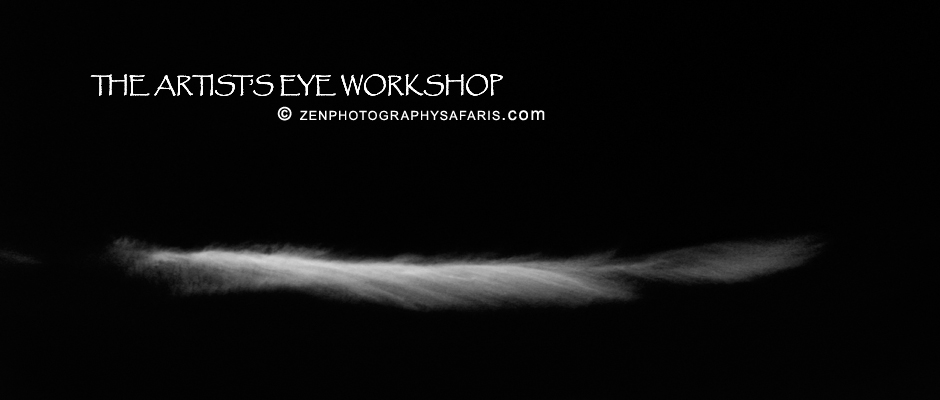

blog post: now what?
“The key to growth is the introduction of higher dimensions of consciousness into our awareness.” — Lao Tzu
You’ve attained technical mastery with your camera and perhaps even with on-/off-camera lighting. now what?
How do you connect; how do you move from the typical to the extraordinary? what to do, what to see…differently, or compose…differently; how to go about creating uniquely; what is to be done to stretch yourself artistically.
If you are asking these questions you are ready to move yourself towards more personal, artistic and professional growth.
Team Zen has inspiring ideas to challenge your growth and help you move yourself towards your goals.
A Zen Photography Workshop or Retreat can be the stepping stone to your journey . come join us.
Namaste, Team Zen | Joanne Bartone
ABOUT THE PHOTO ABOVE:
Canon EOS 5D | Canon 70-200mmmm L f/2.8 @ 185mm | ISO: 100| f/3.5 | 1/2000 | Presque Isle Erie PA | Image refined cropped, processed + enhanced in PS5
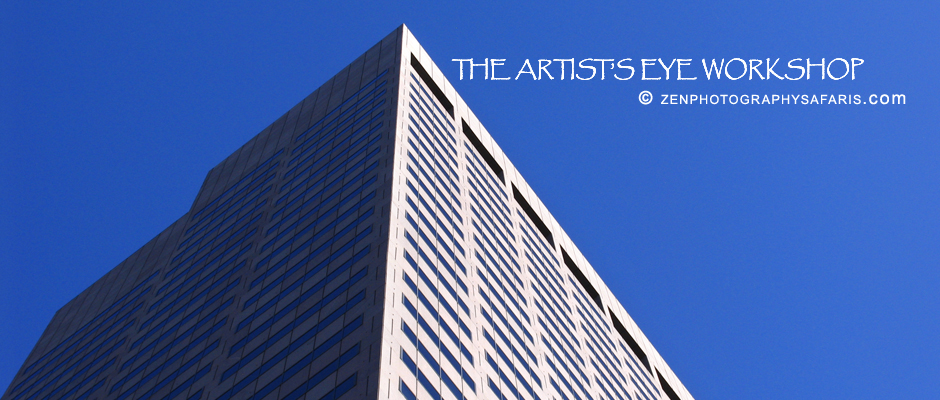

blog post: attainment
“I have so overcome the mechanics of my camera that it functions responsive to my desires, my shutter coordinating with my brain is released in a way, as natural as I might move my arm. I am beginning to approach actual attainment in photography — that in my ego of two or three years ago I thought to have already reached. It will be necessary for me to destroy, to unlearn, and then rebuild upon the mistaken presumptuousness of my past.” — Edward Weston
Ego interferes with our personal and professional growth; it’s a constant battle to be aware of ego and keep it in check.
Edward Weston was a Master Photographer who continues to inspire through his work and wisdom, even thought he is no longer with us.
I am one of those photographers who believe in mastering the technical aspects of photographing because it can set us free to create imagery that can astound. it is my opinion that when you shoot in “P” / Program mode, it’s the easy way out. it’s like cheating on the test; all the answers are there for us, even if they are mediocre answers. Program mode doesn’t allow for us to stretch our creativity, it simply allows us to create just like everyone else, and then deludes us into thinking we are fantastic photographers. well, delusions will only get us so far in anything we choose to do.
Team Zen wants you to have success, whether you are photographing as a career choice, for your self, as a parent or an enthusiast who simply wants to learn to be more proficient with their DSLR.
Let your ego go. take a risk and learn the skills that will be of great service to you and bring you joy. Zen Photography Safaris | Workshops | Retreats can help. come join us.
Namaste, Team Zen | Joanne Bartone
ABOUT THE PHOTO ABOVE:
Canon EOS 7D | Canon 70-200mmmm L f/2.8 @ 100mm | ISO: 100| f/5.6 | 1/1000 | Boston MA | Image refined cropped and enhanced for color + tonality in PS5
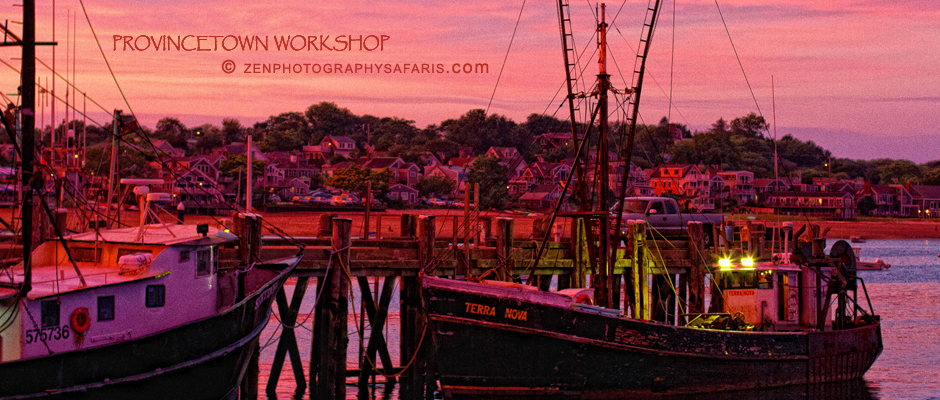

blog post: nourishment
“Give a man a fish and you feed him for a day. Teach a man to fish and you feed him for a lifetime.” — Chinese Proverb
If i tell you how to do something without showing you, without teaching you the hows and explaining the what-fors, what will you learn? you will learn that i am full of myself only.
As you seek to create your own definition of what you feel success is, we must guide you in a way that provides you with information and opportunities combined with exploration and dialog. this will involve respect, honesty, ethics and an open and flexible mind on both the part of the teacher and student. it is a mutual dance we share that will lead to personal and professional enlightenment.
Team Zen will impart skills that you can take, use and blossom from by teaching you “to fish” at Zen Photography Safaris | Workshops | Retreats. come join us.
Namaste, Team Zen | Joanne Bartone
ABOUT THE PHOTO ABOVE:
Canon EOS 7D | Canon 24-70mm L f/2.8 @ 35mm | ISO: 400| f/8 | 1/100 | Provincetown MA | Image refined cropped and enhanced for color + tonality in PS5
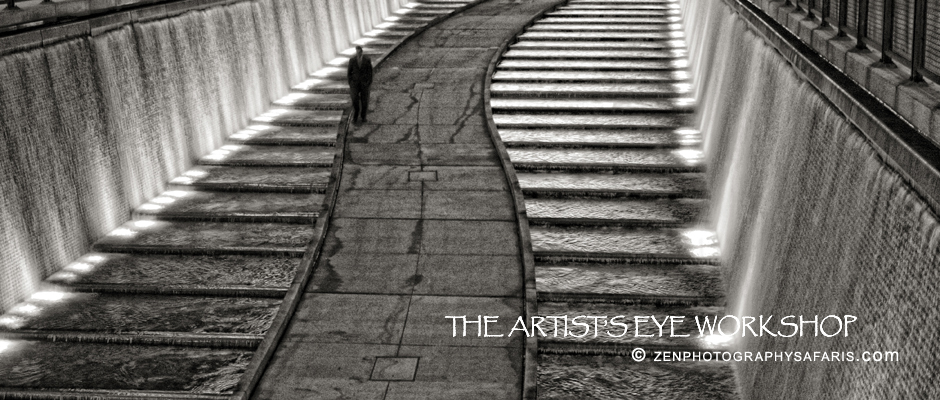

blog post: pursue your path
“Pursue some path, however narrow and crooked, in which you can walk with love and reverence.” — Henry David Thoreau
The “path” of photographing has so much significance for so many people…it can be an outlet for creativity, a means to document life and loved ones, a way to earn a living…photography and the act of photographing is multifaceted! it’s a path that can instill immediate awe and excitement, both while photographing and through the visual rewards of the end result: an image that evokes emotion or memories. photography is a powerful medium of expression! no wonder so many people have such tremendous reverence for it.
Zen Photography Safaris | Workshops | Retreats will assist you in refining the photographic path you have chosen, at any level of experience.
Take a moment to share what your favorite photographic subject is with us.
Namaste, Team Zen | Joanne Bartone
ABOUT THE PHOTO ABOVE:
Canon EOS 7D | Canon 24-70mm L f/2.8 @ 28mm | ISO: 200 | f/11 | 1/30 | DL Convention Center | Pittsburgh PA | Image refined cropped and enhanced for color + tonality in PS5
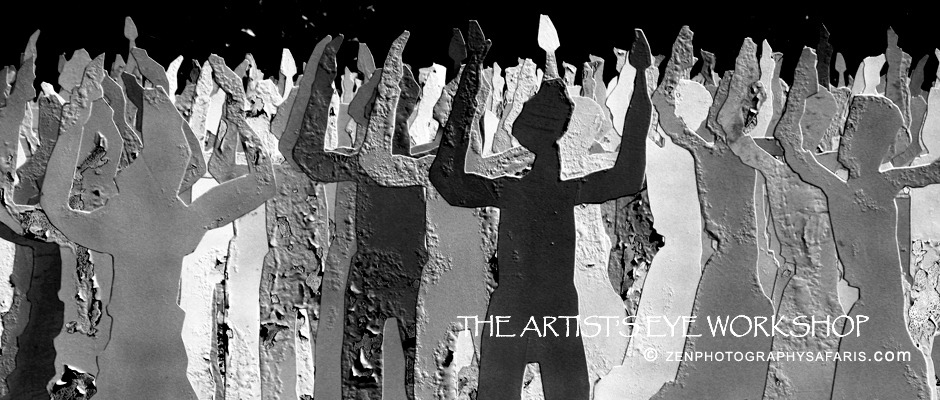

blog post: knowing ourselves
“Knowing others is wisdom; knowing yourself is enlightenment.” — Lao Tzu
There are many people that touch our lives. we learn from them in many ways; how to cook, how to drive, how to lawyer or doctor, even how to photograph. we become busy learning and doing; very busy. and in all this busy-doing we often lose touch with ourselves. if we can be still and introspectively return to ourselves we will gain enlightenment, not just knowledge.
At Zen Photography Safaris | Workshops | Retreats, we offer just the right balance of knowledge and experiences to help you gain wisdom, but most importantly, Satori (enlightenment).
Namaste, Team Zen | Joanne Bartone
ABOUT THE PHOTO ABOVE:
Canon EOS 5D | Canon 24-70mm L f/2.8 lens @ 28mm | ISO: 100 | f/5.6 | 1/160 | Kentuck Knob Chalk Hill PA | Image refined, cropped and enhanced for color + tonality in PS5
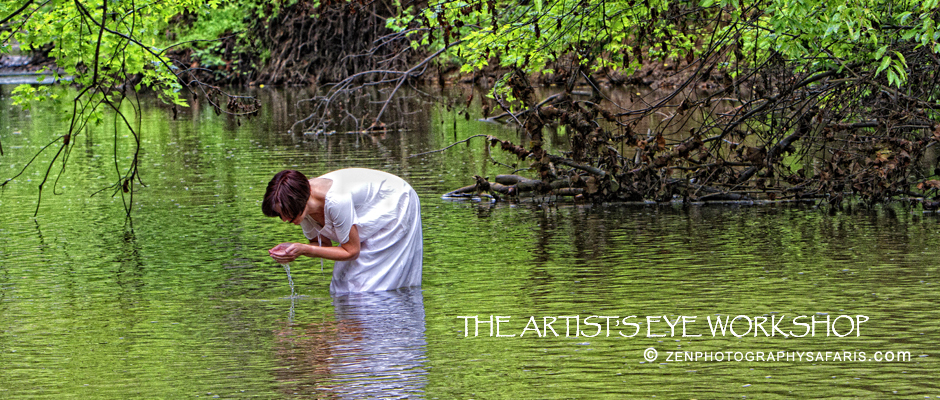

blog post: priorities
“We cannot see our reflection in running water. It is only in still water that wecan see.” — Taoist Proverb
Elusive time. we all need time, but too often we don’t make time to do the things that could make a difference for ourselves. we need time to be still, to see, to learn, regroup, meditate, explore, exercise, laugh, be with people we love… many people remind us that we cannot buy back time. where does time go?
When we are “still,” when we take the time necessary to nurture ourselves, it will offer us opportunities that we couldn’t even begin to see all the while we are busy doing things.
Perhaps it’s about our priorities.
Only 3% of Americans make time to create goals that would advance their lives, be it their finances, careers or even their personal lives. that is a shocking statistic! what have your priorities been? have they been leading you in the direction you want to go, or do you need to make, and then take, time to regroup and redirect yourself? “but I don’t have time,” you say. i disagree. you can create and effect big changes for yourself in thirty, fifteen, or even in as little time as seven minutes; yes, 7 minutes.
We have a plan for you at Zen Photography Safaris | Workshops | Retreats. we want to help you help yourself to prosper in all aspects of your life. we know that it can be done. come join us.
ABOUT THE PHOTO ABOVE:
Canon EOS 5D | Canon 70mm-200 L f/2.8 IS lens @ 100mm | ISO: 200 | f/4 | 1/250 | Hopewell PA | Image refined, cropped and enhanced for tonality in PS5
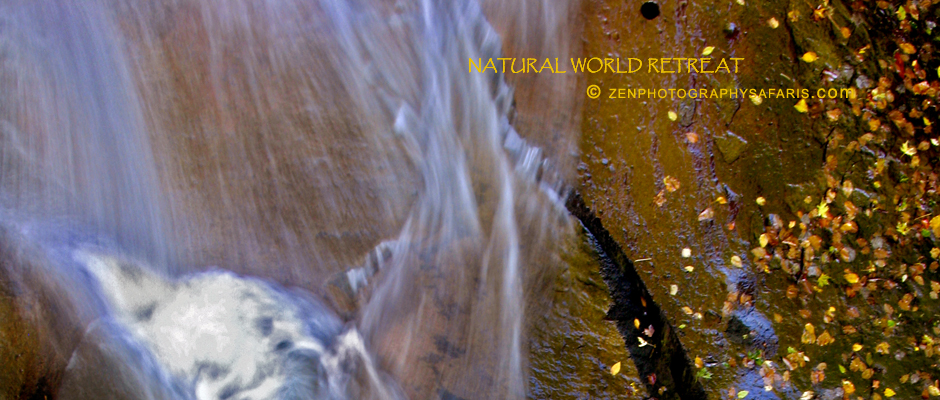

blog post: tortoise or hair
“It does not matter how slow you go so long as you do not stop.” — Wisdom of Confucius
The fable of the tortoise and the hare comes to mind here…let me make myself an example: i move and think with awareness, so at times, i can appear to be slow. my grandmother would always encourage me by saying “slow but steady; that is how you will have success.” she was right.
At times we may wish that our success was quicker, but wishing does not get us closer to our desires. the steady drip of water wears even the hardest rock over time. consider allowing the process to unfold.
At Zen Photography Workshops + Retreats we help you to be consciously present in your daily deeds to help you move the mountains you were meant to move.
Namaste, Team Zen | Joanne Bartone



